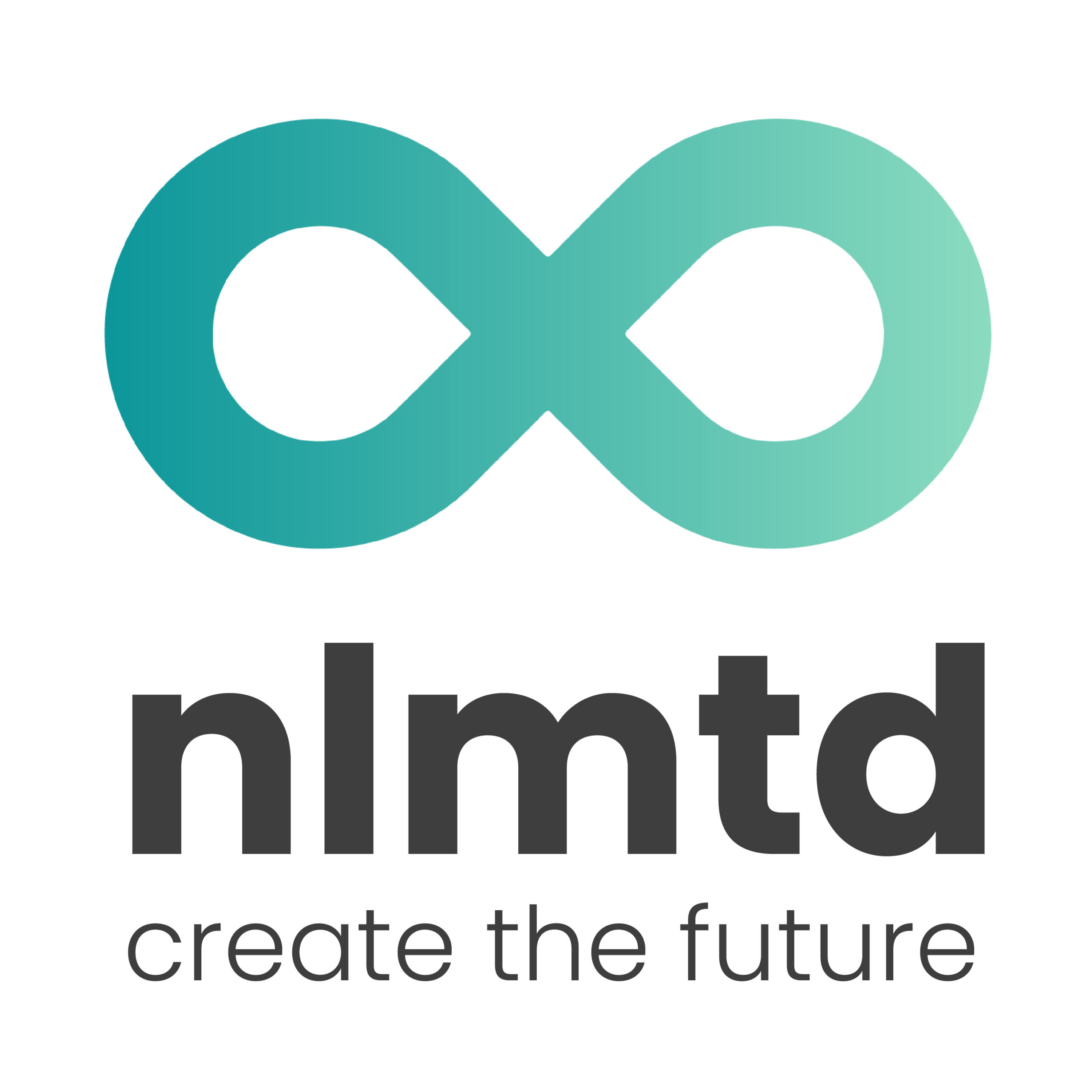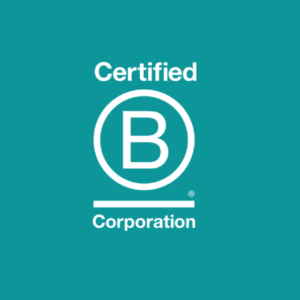Food Transition
How to Realize a Successful Food Transition
We’re paying more attention to what we eat, and especially how it’s produced. And fortunately so, as there’s still much to gain. Ultimately, by 2050, we want to offer a healthy, sustainable, and balanced diet to the approximately ten billion people on Earth. And thus: produce more sustainably and efficiently. What’s the effect of this on your organization, and how do you align your business with this?
Food Value Chain

While 820 million people worldwide still suffer from malnutrition, food is abundantly available in large parts of the world. A more integrated view of the food value chain is therefore desirable. It’s our ambition to solve the challenges around food and food transition together and to achieve a more sustainable and just food system.
Our Main Challenges in the Agrifood Value Chain
More Sustainable and Efficient Production
The enormous success of Dutch productivity development also has a downside: degradation of nature and landscape, biodiversity, water quality, climate, environment, and animal welfare. There are two cross-sector challenges here. Good use of space: where do we opt for arable farming, livestock farming, and greenhouse horticulture? And which land do we use for human food: how do we optimally utilize biomass within the linear food system?
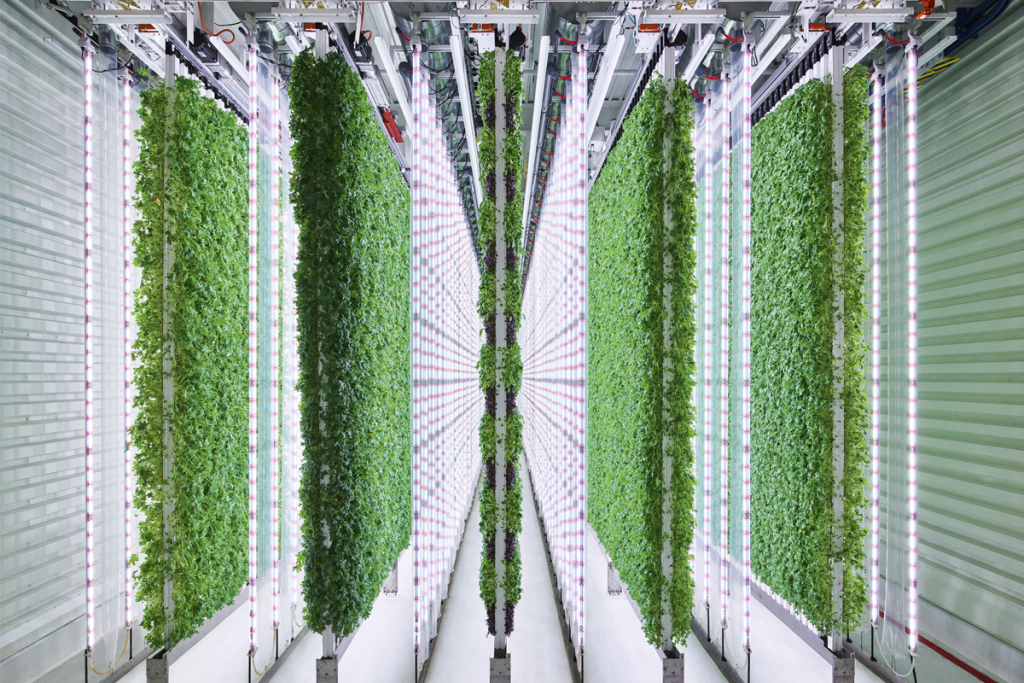
Promoting Biodiversity and Sustainable Land Use
Efficient production is not only about land yield but also about the added nutritional value of products and maintaining productive soil. In the Netherlands, we’re seeing, hearing, and feeling the consequences of biodiversity loss more clearly. So we need to make choices: where do we want agriculture and where not? And how can you best combine nature and agriculture?
Restoring the Balance of Power in the Food Chain
In the food chain, power, income, and influence are unevenly distributed. To restore the balance of power in the food chain, it’s necessary for the government and society to jointly regain influence over the food chain.

Halving Food Waste
Globally, a third of production is wasted. In the Netherlands alone, an estimated one and a half billion kilos of food are wasted annually throughout the food chain.
Preventing waste must become an integral part of the transition to a more sustainable food system.
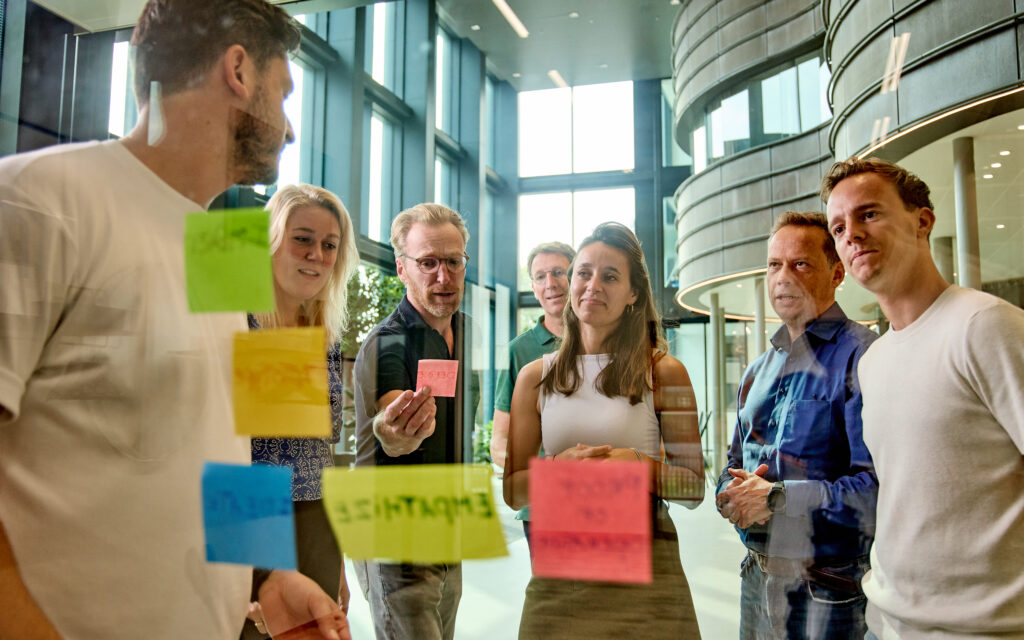
Making Choices
All these developments require determining positions and making choices (strategy), new products and services (innovation), different purchasing and production methods (sustainable and transparent purchasing), and different ways to acquire customers/sell propositions (commercial excellence), measurement, and digitalization.
Sustainable Thinking, Sustainable Doing Workshop
In this workshop, you’ll discover how behavior change can contribute to a more sustainable future and how you can turn ‘gray’ behaviors into ‘green’ actions using smart brain techniques. We’ll cover the latest insights in behavioral science and teach you effective interventions to encourage sustainable actions within your team or organization.
With our practical step-by-step plan, you’ll gain an understanding of how both individual and contextual factors influence sustainable behaviors, such as choosing plant-based foods. We provide concrete tools and techniques to strengthen your approach to sustainability and make a real impact. Together with your team, you’ll help build a future we can all be proud of!
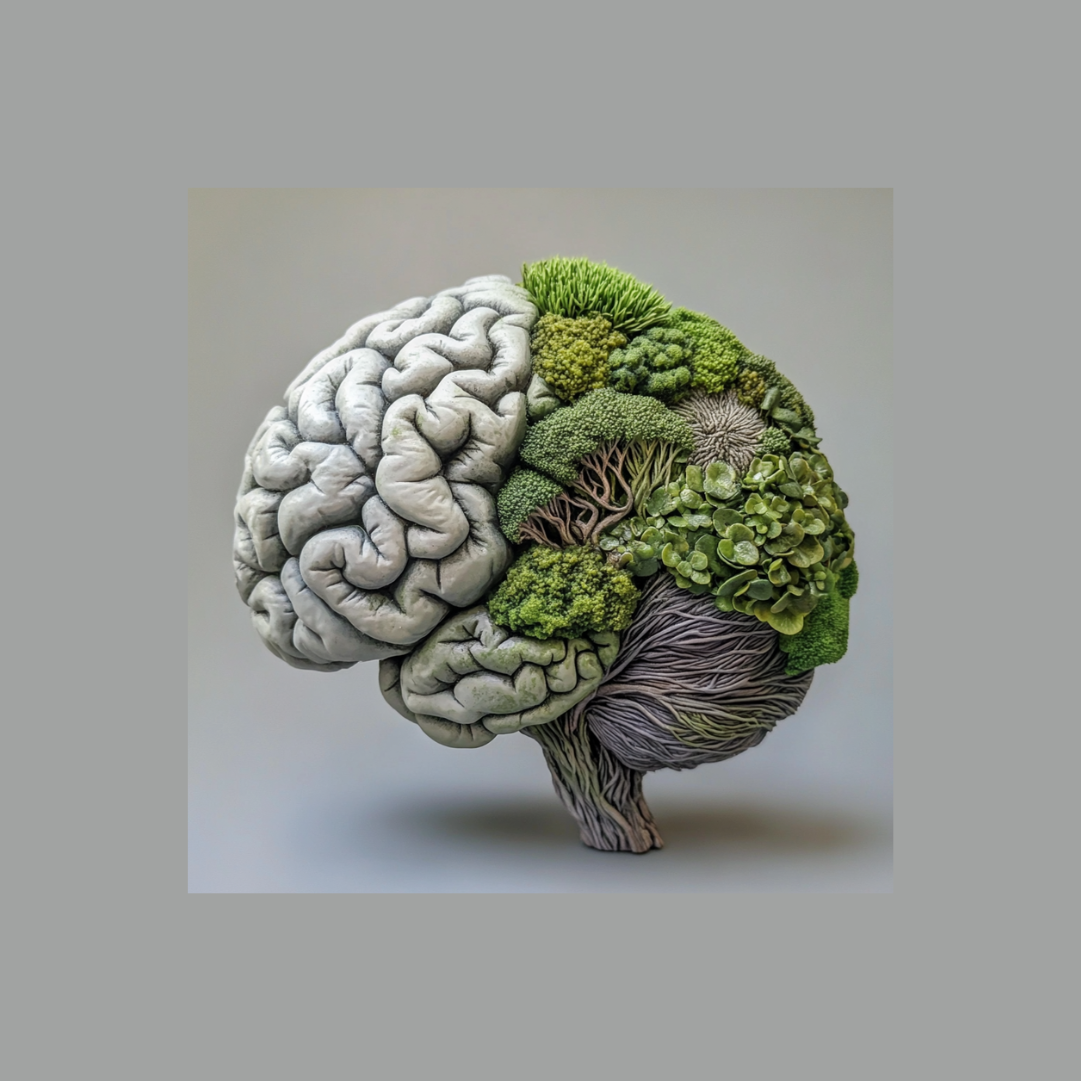
Successful Food Transition
In short: it requires a transition, a new future-proof way of consuming and producing. The experts at nlmtd help you achieve this through co-creation. In short: working together to realize a successful food transition.
